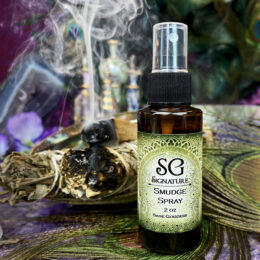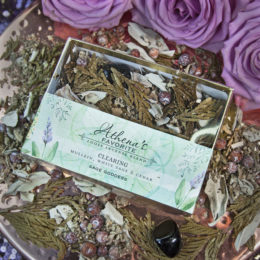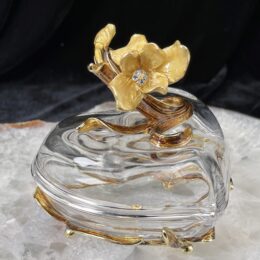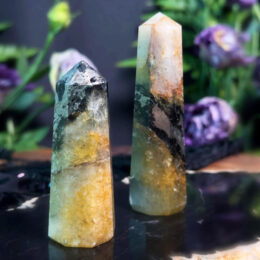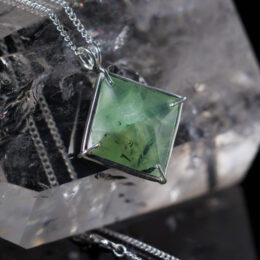Your cart is currently empty!
Turquoise Guide: Properties and Meaning
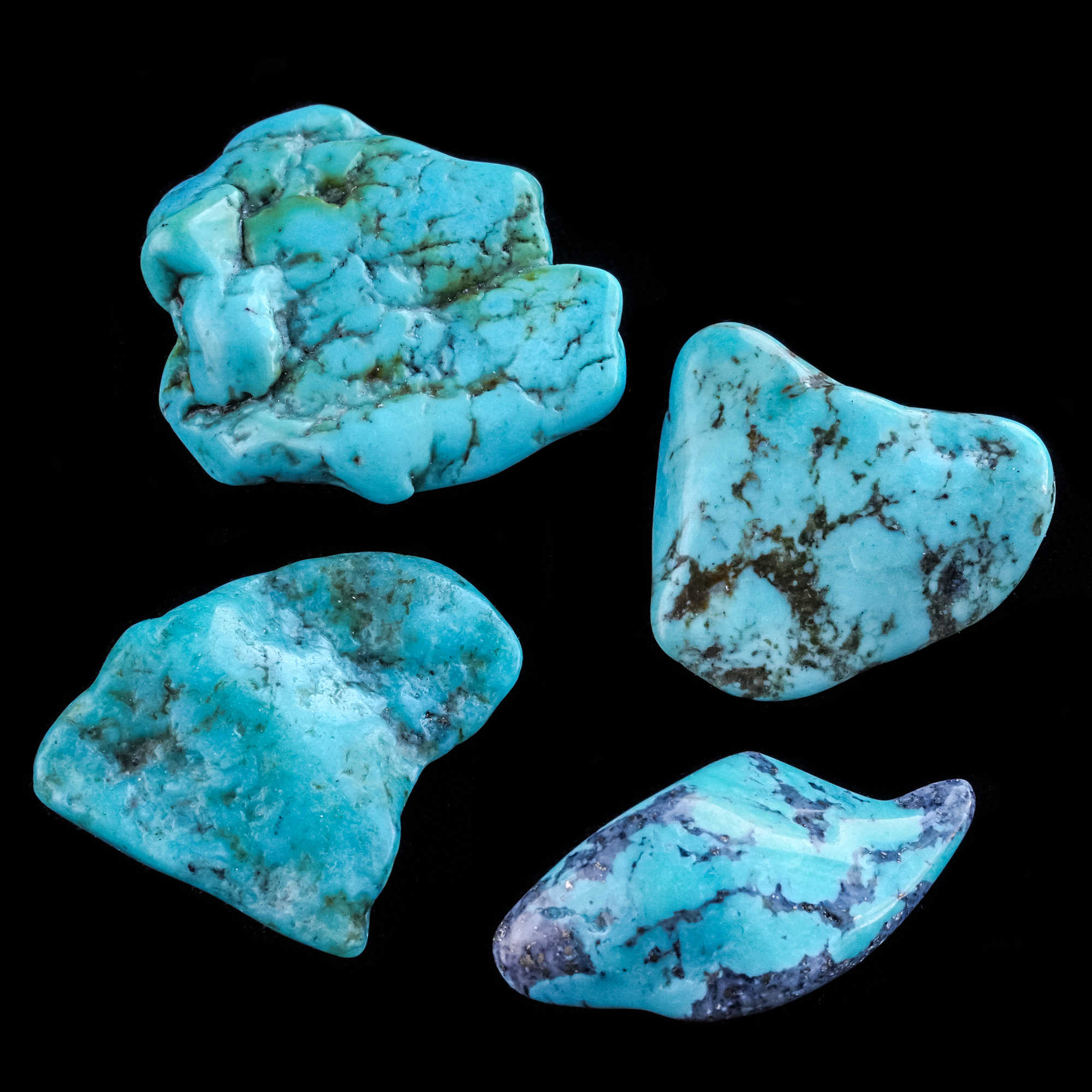
Turquoise Properties
Color: Blue, greenMohs Hardness: 43591Chakra: ThroatCrystal Structure:TriclinicLocation: Global
About Turquoise
Turquoise is a stone associated with the Throat chakra, responsible for communication, self-expression, and creativity. Its blend of blue and green represents the balance between the heart and the mind. Turquoise promotes spiritual expansion, authenticity, and truth. It acts as a powerful purifier and healer, strengthening and protecting warriors in battles. Those who wear Turquoise attract good fortune. Overall, Turquoise is a powerful stone that helps individuals connect with their inner truth and express themselves authentically.
The history of Turquoise
Turquoise has a rich history that dates back thousands of years. It has been highly valued by ancient civilizations such as the Egyptians, Persians, and Native Americans. The Egyptians used Turquoise in their jewelry and amulets, considering it a symbol of protection and prosperity. In Persia, Turquoise brought good luck and was often used to decorate palaces and mosques. Native American tribes considered Turquoise a sacred stone, using it for spiritual ceremonies and as a symbol of power and protection. Throughout history, Turquoise has been treasured for its beauty and metaphysical properties, making it a significant gemstone in various cultures.
What are Turquoise healing properties?
Turquoise promotes spiritual expansion, authenticity, and truth. It is a powerful purifier and healer that strengthens and protects warriors in battles. The stone also brings good fortune to those who wear it.
What are Turquoise Metaphysical / Spiritual Properties?
Turquoise is associated with the Throat chakra, responsible for communication, self-expression, and creativity. Its color represents the balance between the heart and the mind. Turquoise helps individuals connect with their inner truth and express themselves authentically.
Turquoise FAQ
What is Turquoise used for?
Turquoise is used for various purposes, including jewelry making, decorative items, and spiritual practices. Its vibrant blue-green color makes it a popular choice for creating eye-catching pieces of jewelry such as necklaces, bracelets, and earrings. Additionally, Turquoise is often used in the creation of ornamental objects like sculptures, carvings, and inlays. In spiritual practices, Turquoise has protective and healing properties, making it a sought-after gemstone for those seeking balance and positive energy.
What does Turquoise do?
Turquoise has numerous beneficial effects on the mind, body, and spirit. It promotes emotional well-being, enhances communication, and encourages self-expression. Turquoise also has a calming effect on the mind, helping to alleviate stress and anxiety. Physically, it supports the immune system, aids in detoxification, and alleviates inflammation. Additionally, Turquoise enhances intuition and spiritual connection, making it a valuable tool for meditation and spiritual growth.
Can Turquoise go in water?
While Turquoise is generally considered a relatively durable gemstone, it is not recommended to submerge it in water for extended periods. Prolonged exposure to water can potentially damage the stone or affect its color. It is advisable to remove Turquoise jewelry before swimming, bathing, or engaging in activities that involve prolonged contact with water. To clean Turquoise, it is best to use a soft, damp cloth rather than immersing it in water.
How to cleanse Turquoise?
To cleanse Turquoise, you can use various methods. One common method is to place the stone in a bowl of dry sea salt or bury it in a bowl of earth overnight. This absorbs any negative energy or impurities from the stone. Another method is to cleanse Turquoise by smudging it with sage or palo santo smoke. Simply pass the stone through the smoke several times while setting your intention to purify and cleanse it. Additionally, you can also cleanse Turquoise by placing it under running water for a short period, but avoid prolonged exposure to water.
What does Turquoise do spiritually?
Turquoise is highly regarded for its spiritual properties. It enhances spiritual communication, intuition, and connection to higher realms. Turquoise is often associated with the throat chakra, promoting clear and effective communication. It also balances and aligns all the chakras, facilitating the flow of energy throughout the body. Spiritually, Turquoise brings about a sense of tranquility, protection, and overall well-being. It is often used as a tool for meditation, grounding, and spiritual growth.
How to clean Turquoise?
To clean Turquoise, it is best to use a soft, non-abrasive cloth or brush. Gently wipe the surface of the stone to remove any dirt or debris. Avoid using harsh chemicals or ultrasonic cleaners, as they can potentially damage the stone. If necessary, you can dampen the cloth with a mild soap and water solution, but be sure to rinse the stone thoroughly and dry it completely afterward. It is important to handle Turquoise with care to prevent any accidental scratches or impacts.
How to spot fake Turquoise?
Spotting fake Turquoise can be challenging, as there are many imitations on the market. However, there are a few indicators to look out for. Genuine Turquoise is a relatively rare gemstone, so if the price seems too good to be true, it may be a red flag. Additionally, genuine Turquoise often exhibits natural variations in color and pattern, while fake Turquoise may appear too uniform or have an unnatural color. You can also examine the surface of the stone for any signs of plastic or resin, as these materials are commonly used in imitations. When in doubt, it is best to consult with a reputable gemologist or jeweler for a professional assessment.
Is Turquoise toxic?
Turquoise is generally considered non-toxic and safe to handle. However, it is important to note that some treatments or enhancements applied to Turquoise, such as stabilization or dyeing, may involve the use of chemicals. These treatments are typically done to enhance the stone’s color or stability. While the treated Turquoise itself may not be toxic, it is advisable to handle all gemstones with care and avoid ingesting or inhaling any dust or particles that may be released during cutting or polishing processes.
Where is Turquoise found?
Turquoise is found in various parts of the world, including the United States, Mexico, Iran, China, and Egypt, among others. Some notable sources of Turquoise include the southwestern United States, particularly Arizona and New Mexico, where it has been mined for centuries. Other significant deposits can be found in Iran, known for its prized Persian Turquoise, and China, which produces a range of Turquoise varieties. Each source may have its own unique characteristics and color variations.
How is Turquoise pronounced?
Turquoise is pronounced as “tur-kwoiz” or “tur-kwahz.” The first syllable is stressed, and the “q” is pronounced as a “kw” sound. The pronunciation may vary slightly depending on regional accents or dialects.
What chakra is associated with Turquoise?
Turquoise is primarily associated with the throat chakra, also known as the Vishuddha chakra. This chakra is located in the throat area and is associated with communication, self-expression, and authenticity. When the throat chakra is balanced and aligned, it enables clear and effective communication, both verbal and non-verbal. Turquoise is often used to stimulate and balance the throat chakra, promoting self-confidence, creativity, and the ability to express one’s true thoughts and feelings.
Can Turquoise be in the sun?
While Turquoise is generally stable in sunlight, prolonged exposure to direct sunlight can potentially fade or alter its color over time. It is advisable to protect Turquoise jewelry or decorative items from excessive sunlight or heat. When not wearing Turquoise jewelry, it is best to store it in a cool, dark place to preserve its color and quality.
How to charge Turquoise?
To charge Turquoise, you can place it in direct sunlight or moonlight for a few hours or overnight. The energy from the sun or moon infuses the stone with revitalizing and purifying energy. You can also charge Turquoise by placing it on a selenite charging plate or near other cleansing crystals such as clear quartz or amethyst. Set your intention for the stone to be charged with positive energy and visualize it being cleansed and rejuvenated.
What is the hardness of Turquoise?
Turquoise has a relatively moderate hardness on the Mohs scale, ranging from 5 to 6. This means that while Turquoise is generally durable enough for everyday wear, it is still susceptible to scratches and impacts. It is important to handle Turquoise with care and avoid exposing it to rough surfaces or harsh chemicals that may damage the stone. Regular cleaning and proper storage can help maintain the beauty and integrity of Turquoise jewelry or decorative items.


